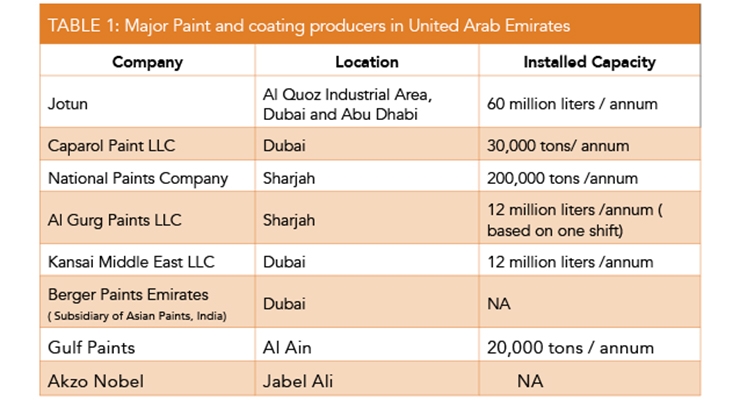Methodical Overview To Setting Up Your Wall Surfaces For Repainting
Methodical Overview To Setting Up Your Wall Surfaces For Repainting
Blog Article
Material Composed By-Bergmann Lemming
When you're prepping your wall surfaces for paint, it's essential to follow a systematic process to make sure a flawless coating. Beginning by analyzing the wall for any kind of damage; this step can make or break your job. Once you have actually identified any problems, cleaning the surface properly is essential, as a filthy wall surface can affect paint adhesion. After that, you'll need to spot any kind of flaws and use a primer. But there are specific strategies and ideas that can elevate your preparation video game-- allow's check out those additional to achieve the best outcomes.
Assessing Wall Condition
Before you grab your paintbrush, take a minute to examine your wall surfaces' problem. Look for any noticeable damage like cracks, holes, or peeling paint. These blemishes can influence just how the paint sticks and looks once it's dry. If you discover any kind of considerable damage, you'll require to focus on repair services prior to diving right into paint.
Look closely at the texture of your walls. Is the surface smooth, or is there texture that might require special factor to consider? https://www.housedigest.com/1255501/wd-40-mess-free-painting/ call for less preparation, while distinctive surfaces might need more time to repaint evenly.
Also, think about the previous paint task. If the old paint is glossy, it mightn't enable brand-new paint to stick effectively. You'll wish to know if your walls have been painted with oil-based or water-based paint, as this can influence your choice of guide or paint.
Finally, keep in mind of any moisture issues. If you see signs of water damage or mold, address these problems instantly to avoid additional issues.
Cleansing the Surface
Once you have actually analyzed the problem of your wall surfaces, the following action is cleaning up the surface area. Beginning by gathering your supplies: a bucket, warm water, a moderate detergent, a sponge or cloth, and a scrub brush for harder places.
Begin at the top edge of the wall surface and work your way down. Mix the detergent with warm water in your pail, after that dip the sponge or towel right into the solution. Wring it out to prevent too much moisture on the walls.
As you clean, pay attention to areas that could've collected dust, oil, or fingerprints. For persistent discolorations, utilize the scrub brush carefully to stay clear of harming the paint below. Rinse your sponge or towel often in clean water to stop spreading out dust around.
After cleaning, it's necessary to clean the wall surfaces with a damp towel to remove any type of soap deposit. This action ensures a smooth surface for the new paint to abide by.
Permit the wall surfaces to completely dry entirely prior to carrying on to the following preparation steps. This thorough cleansing process will help produce a fresh canvas for your paint task, making certain the best results.
Patching and Priming
Patching and priming are crucial action in preparing your wall surfaces for a fresh layer of paint. Initially, check your wall surfaces for any kind of holes, fractures, or blemishes. Use a top notch spackling compound or patching paste to load these areas.
Use the compound with a putty blade, smoothing it out so it's flush with the bordering surface. Allow it to completely dry entirely, and afterwards sand it lightly till it's smooth and even.
As soon as you've covered every little thing, it's time to prime. additional reading seal the covered areas, making certain the paint sticks properly and supplies a consistent finish. Select a primer ideal for your wall kind and the paint you'll be using.
Use the primer using a roller for bigger areas and a brush for corners and sides. If your covered areas are significantly big or permeable, you may want to apply a 2nd layer of primer after the first one dries.
After priming, let whatever dry completely prior to moving on to painting. This prep work won't only enhance the look of your wall surfaces but likewise extend the life of your paint work.
Take your time, and you'll be pleased with the results.
Conclusion
By adhering to these simple steps, you can accomplish a smooth and expert finish on your wall surfaces. Beginning by assessing their condition, after that clean and spot any imperfections prior to applying primer. Remember to enable appropriate drying out time and make sure every little thing is smooth prior to you dive into paint. With the right prep work, you'll establish the stage for a gorgeous change in your room. Currently, collect your supplies, take in the fresh air, and prepare to paint!
